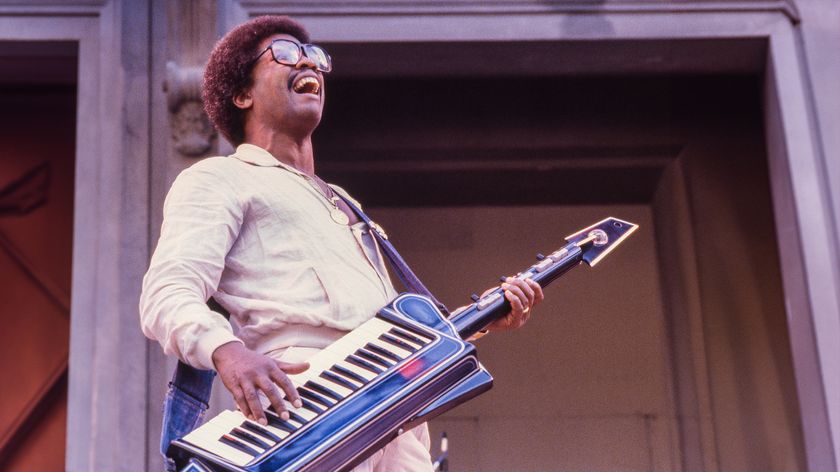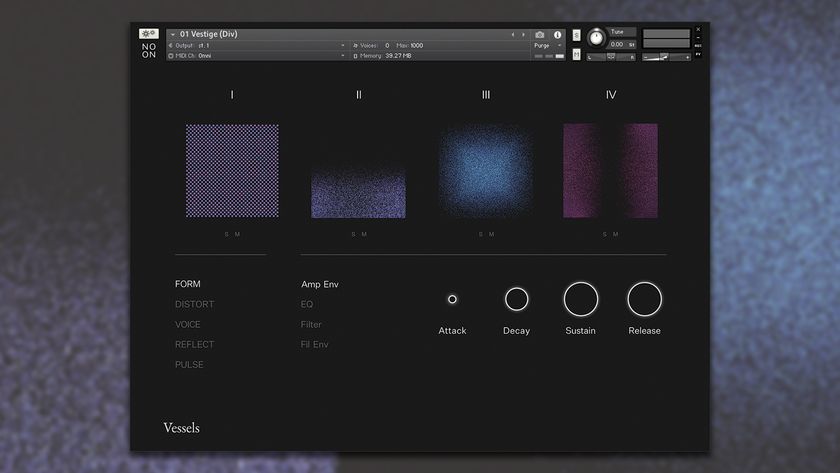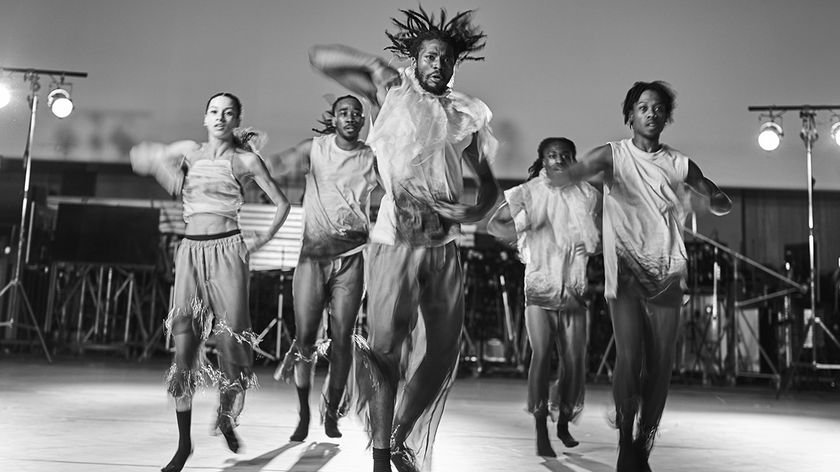The Netflix ‘ta-dum’ sound features a reversed electric guitar sample that was created using ‘90s effect processors
How an old guitar recording helped to create one of the most recognisable audio logos of our time
The Netflix ‘ta-dum’ sound has become one of the most distinctive and well-known audio logos in the world, reaching millions of content-hungry subscribers around the world. Now, in his Twenty Thousand Hertz podcast, host Dallas Taylor has uncovered the sound design secrets that led to its creation.
Development of the logo was led by Todd Yellin, Netflx’s VP of product, who wanted to create a sound that made people think “Wow, I’m about to get a treat”. Given that we’re in the ‘click and play’ age, with people short on patience and demanding their content fix immediately, this had to be really short, and more cinematic than electronic in tone.
Yellin eventually called Hollywood sound designer Lon Bender, tasking him with creating something that would deliver both tension and release. It needed to work with multi-genre programming, and Bender was told not to be afraid to be quirky in his approach.
After much work, the search was narrowed down to 20 or 30 sounds that featured different instruments and effects. For a while, the team were very taken with the idea of including the sound of a goat at the end of the ‘ta-dum’ - this idea was eventually rejected - and there was also talk of using a bubbly, underwater type sound.
The shortlisted sounds were played to groups of people who didn’t have any idea what they were for and, following feedback that suggested that the ‘ta-dum’ was the one that made people think of movies, it got the nod.
The main part of the ‘ta-dum’ is made up of a recording of Lon Bender knocking his wedding ring against a cabinet, with a slowed anvil sound and some muted hits underneath. However, it was decided that a musical element was needed as well to provide a ‘tonal swell’ at the end.
This is where sound designer Charlie Campagna enters the story. Back in the ‘90s, he’d created a 30-second piece of music using his electric guitar plugged into the Digitech GSP2101 effects processor and Lexicon JamMan delay/looper. This featured sections of reversed guitar, one of which was eventually isolated and used without any further sound design in the final Netflix logo. It’s the sound you hear right at the end, and has been described as the ‘blossom’ element.
Get the MusicRadar Newsletter
Want all the hottest music and gear news, reviews, deals, features and more, direct to your inbox? Sign up here.
The lesson here, then, is to always hold on to your old recordings, as you’ll never know when they might become useful in the future. Except, perhaps, if those recordings are of goats.



I’m the Deputy Editor of MusicRadar, having worked on the site since its launch in 2007. I previously spent eight years working on our sister magazine, Computer Music. I’ve been playing the piano, gigging in bands and failing to finish tracks at home for more than 30 years, 24 of which I’ve also spent writing about music and the ever-changing technology used to make it.












